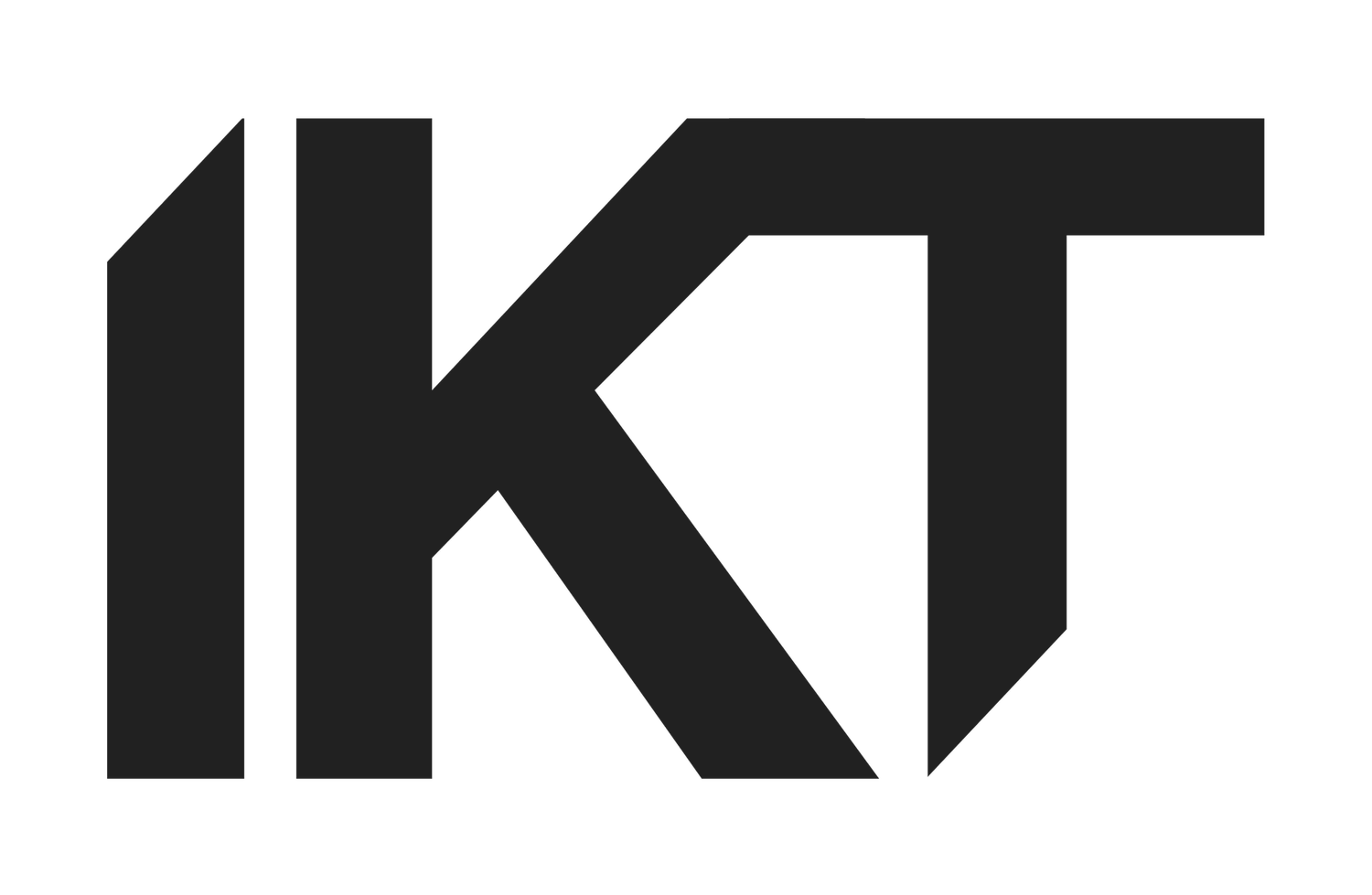Spotlight with Helene Nyborg Bay
Helene Nyborg Bay, Director, Nikolaj Kunsthal, Copenhagen, Denmark
Could you tell us a little more about your background and how you got into curating?
I was lucky enough to be part of curating an exhibition at the age of 21. It featured Nordic artists who all worked sculpturally with driftwood. Among the artists were Aka Høegh and Tróndur Patursson, and through my encounters with them, I gained a fantastic perspective on working with exhibitions and communicating artworks. It’s now more than 25 years ago, and I’ve recently thought about how that exhibition was very much ahead of its time—or perhaps simply universal—because the artists were turning back to nature’s resources and to being part of something larger, which was reflected both in their works and in their way of thinking. After that, I was dedicated to curating, working with artists and communicating exhibitions.
Who/what has influenced your curatorial practice?
A lot of different things—I draw inspiration from news, everyday events, people I randomly meet or whom I know deeply, to generate ideas. In addition, I always listen to my intuition when working with exhibitions. It has to feel right and relevant, and at the same time, the exhibitions should ideally tell a story about a subject that can be understood on multiple levels.
When I was very young, I worked at artist-run spaces, including Sparwasser HQ in Berlin, where I was inspired by a non-artwork-based approach to creating exhibitions. Here, the encounter and dialogue were in focus and the actual piece of art. Later I worked in larger commercial galleries where the specific artworks were main focus as well as the collection where to they would eventually go. So, I’ve grown up with different approaches to art.
For the past 13 years, I’ve worked non-commercially in art centers, where I’ve primarily focused on larger site-specific exhibitions and installations. For me, it’s very exciting to work from defined spaces and shape the art experiences in close collaboration with the artists.
The role of the curator is continuously changing. Could you describe what it means to be a curator today?
First and foremost, it means creating relevant content in meaningful settings. We live in a time where there’s an extremely high demand for our attention. As a curator, you have to engage with the reality we’re all in and try to speak to the audience in a relevant and insightful way, where the content leaves a lasting impression. That said, the curator role today also involves a great deal of organization and administration. I am very inspired by Maria Lind, and I agree with her, when she defines the curatorial and the curating as two different things.
Tell us about the latest exhibition / project that you curated.
At Nikolaj Kunsthal we currently show Breaking Darkness – an exhibition about the universe of film director Lars von Trier. The exhibition is based on five of Trier’s most emotionally loaded films: Europa, Breaking the Waves, Dancer in the Dark, Dogville, and Melancholia. The idea for the exhibition came when I was introduced to Trier’s photos from some of his films, which had previously been shown at Galerie Perrotin in Paris. I’m not a huge Lars von Trier fan, but I’ve always been deeply interested in his work, and I immediately saw the potential for expanding it into a visual exhibition exploring themes like faith, love, evil, and apocalypse.
BUT I didn’t want to create a traditional photo exhibition. Nikolaj Kunsthal is located in a medieval church, so it made perfect sense to use the Gothic church space and the old tower to create large-scale, three-dimensional installations. It has been both exciting and challenging to develop this exhibition, working closely with set designers as well as sound and lighting professionals. I’ve been very conscious about inviting younger voices—such as feminist writers—to contribute to the exhibition, so that it’s not a one-to-one reflection of Lars von Trier’s films, but rather a sensory experience that embraces multiple ways of engaging with his work.
What are you reading, watching, or listening to now, that is helping you to stay relaxed and positive?
I read a lot of books, especially fiction, as it offers insight into other—and often personal—worlds. Right now, I’m reading The First Bad Man by Miranda July. It’s surreal in a very American way and truly funny.
Aside from that, I watch some of the same series as many others: White Lotus and Adolescence are the two most recent ones. To stay positive, I need to exercise, so I try to work out for 10 minutes every day and make sure to get plenty of fresh air to clear my head.
How long have you been part of IKT and how do you feel that it has benefited your curatorial practice?
I’ve been a member since 2019 and truly appreciate being part of the international network, which continues to inspire and develop me professionally. Unfortunately, it has mostly been from a distance so far, but I very much hope to take part in IKT’s conferences and trips in the near future.
Thank you Helene!
Follow Helene and her work on Instagram
Spotlight
Spotlight is a new series of short interviews, aiming to showcase the diverse expertise and innovative approaches of our IKT members. Whether you're seeking inspiration or searching for potential partners, join us on this captivating journey as we uncover the stories, ideas, and creative visions of our members.
Want to participate?
Send us a request to ikt.curatorial@gmail.com and we will send you interview questions.

